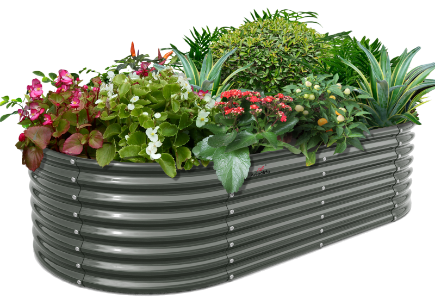In the realm of gardening and environmental design, the phrase unassailable by the elements evokes images of structures that withstand the test of time and nature's fury. But what does this concept truly entail? How can we apply these principles to our own gardens and landscapes?

Understanding Resilience in Nature
Nature is a master architect, crafting structures that are not only beautiful but also remarkably resilient. The term unassailable by the elements refers to the ability of certain plants, trees, and landscapes to endure harsh weather conditions, pests, and diseases. For instance, consider the ancient redwoods of California. These towering giants have survived for thousands of years, showcasing a remarkable ability to thrive despite environmental challenges.
“Nature does not hurry, yet everything is accomplished.” – Lao Tzu
Key Characteristics of Unassailable Structures
When examining what makes a structure unassailable by the elements, several key characteristics emerge:
- Adaptability: Resilient structures can adjust to changing conditions, whether it be soil quality, moisture levels, or climate shifts.
- Strength: The materials used in these structures, such as deep-rooted plants or sturdy trees, provide stability against winds and floods.
- Ecological Balance: A well-designed ecosystem promotes biodiversity, which in turn supports resilience against pests and diseases.
Applying the Concept in Your Garden
How can you create a garden that embodies the principle of being unassailable by the elements? Here are some strategies:
- Choose Native Plants: Native species are often more resilient to local pests and diseases, making them a smart choice for sustainable gardening.
- Implement Companion Planting: This technique enhances biodiversity and can help deter pests naturally.
- Utilize Natural Barriers: Windbreaks and shade can protect vulnerable plants from extreme weather conditions.
Examples of Unassailable Structures in Nature
Several examples illustrate the concept of being unassailable by the elements. The mangrove trees, for instance, thrive in coastal areas, with their complex root systems that stabilize shorelines and protect against erosion. Similarly, the resilience of desert cacti showcases how plants can adapt to extreme conditions, storing water and minimizing loss.

Conclusion: Embracing Resilience in Gardening
In conclusion, understanding the concept of unassailable by the elements can transform how we approach gardening and landscape design. By selecting resilient plants and employing sustainable practices, we can create environments that not only survive but thrive amidst the challenges posed by nature. As we cultivate our gardens, let us remember that resilience is not just a trait of nature; it is a philosophy we can adopt in our own lives.
For more insights on resilient gardening practices, check out this informative video: Resilient Gardening Techniques.








